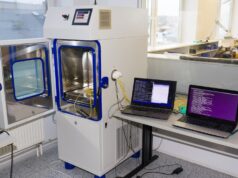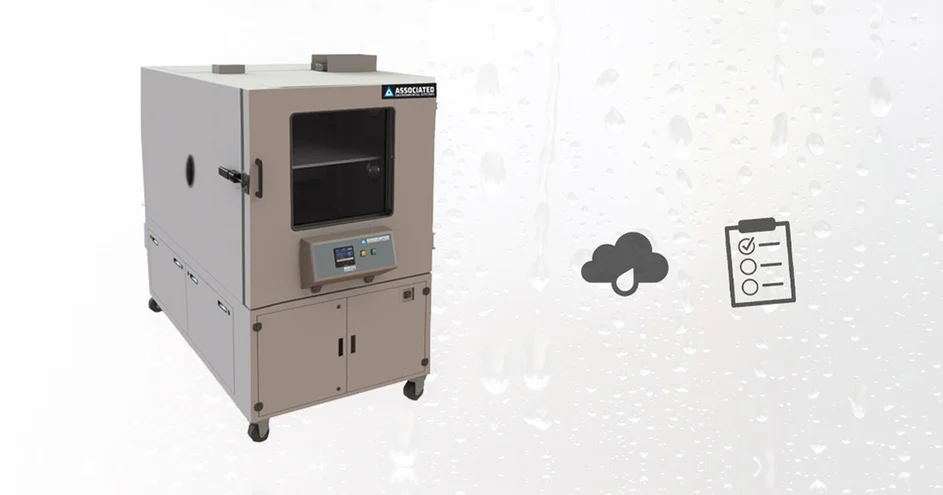
Temperature and humidity chambers, also called rooms, play a crucial role in various industries, allowing precise control of environmental conditions for testing, research, and development purposes. They are designed to simulate a wide range of temperature and humidity conditions, enabling scientists, engineers, and manufacturers to assess the performance and reliability of their products under different environmental scenarios.
In this article, we will delve into the fascinating world of temperature chamber varieties. We will be exploring their purpose, key components, control mechanisms, types, selection criteria, safety considerations, and best practices. If you need one, there is no better place to get the right information.
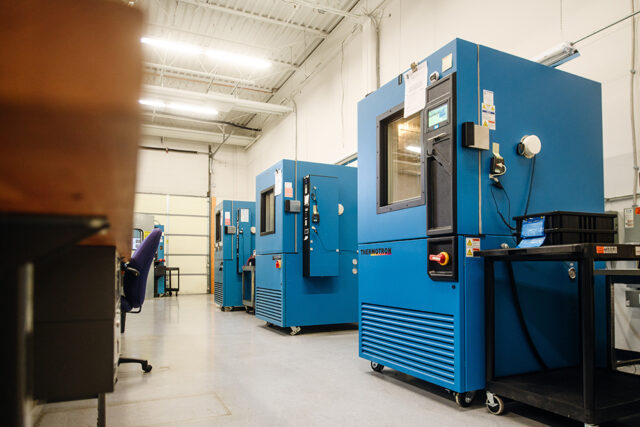
Purpose and Applications
These devices serve a multitude of purposes across various industries. One primary application is product testing, where these chambers create controlled environments to evaluate how different materials and products withstand variations. This is especially crucial for industries such as electronics, automotive, aerospace, and pharmaceuticals, where the performance and reliability of products are directly impacted by environmental factors.
These chambers are invaluable in research and development settings, enabling scientists and engineers to study the behavior of materials, perform accelerated aging tests, and validate product designs. In the medical field, they are used to assess the stability of drugs and test the resilience of medical devices under different climatic conditions. The applications of these chambers are extensive, highlighting their importance in ensuring quality, safety, and innovation across numerous industries.
Key Components
Temperature and humidity chambers consist of several key components that work in harmony to achieve precise control over environmental conditions. The primary elements include a temperature control system, a humidity control system, a chamber enclosure, and sensors for monitoring and feedback. It employs heating and cooling mechanisms, such as electric heaters and refrigeration systems, to regulate the chamber’s internal temperature accurately.
On the other hand, the humidity control system employs various techniques like steam generators, vaporizers, and dehumidifiers to maintain the desired humidity levels within the chamber. The chamber enclosure, typically made of stainless steel or other durable materials, ensures insulation and prevents external factors from interfering with the controlled environment. Sensors placed strategically throughout the chamber provide real-time data on temperature and humidity, enabling precise adjustments and feedback for optimal control.
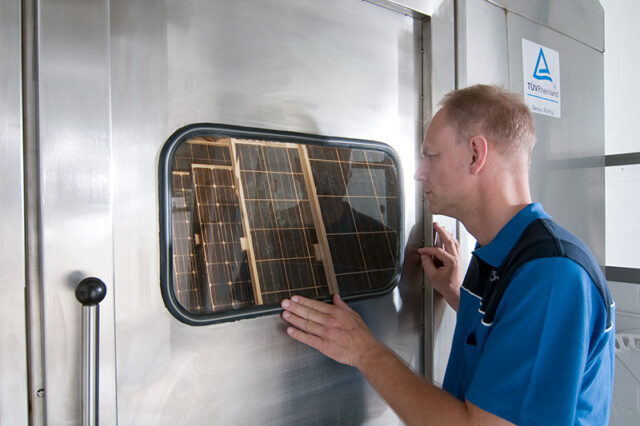
Understanding Temperature Control in Chambers
Temperature control is a critical aspect as it directly affects the performance and reliability of the products being tested. Achieving accuracy and consistency in control requires careful calibration and an understanding of the chamber’s heating and cooling mechanisms. Electric heaters, often equipped with sensors, are commonly used to raise the temperature inside the chamber.
For cooling, chambers employ refrigeration systems that extract heat from the environment, ensuring it remains within the desired range. Advanced chambers may incorporate additional features like air circulation systems to distribute heat evenly, minimizing gradients. Maintaining stable and uniform conditions is essential for obtaining reliable test results and ensuring consistency in product performance evaluation.
Exploring Humidity Control in Chambers
Humidity control is another vital aspect of temperature and humidity chambers, particularly for industries where moisture levels significantly impact product behavior. To control humidity, chambers employ techniques that involve the generation, injection, or removal of moisture. Steam generators, which produce humidity by heating water, are commonly used to increase moisture levels.
Dehumidifiers remove moisture from the chamber by condensing it or absorbing it using desiccant materials. Vaporizers, on the other hand, inject moisture into the chamber using atomization or ultrasonic methods. The ability to precisely control humidity is crucial for evaluating product behavior under different moisture conditions, as well as for conducting accelerated aging tests that simulate real-world environments.
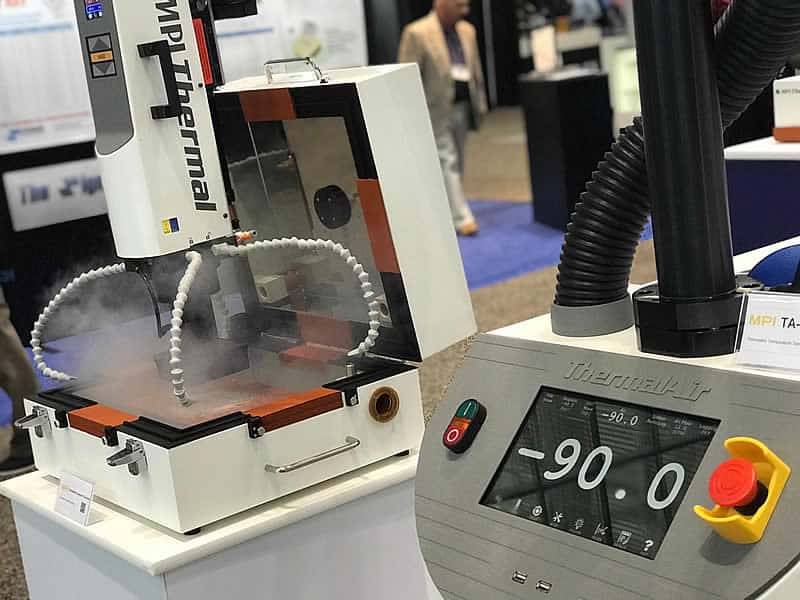
Types of T&H Chambers
Temperature and humidity rooms come in various types, each tailored to specific testing requirements and environmental conditions. Walk-in rooms, designed for large-scale testing and accommodating bulky items, offer ample space and accessibility. Reach-in chambers, on the other hand, are more compact and suitable for smaller test samples.
There are specialized tools such as thermal shock chambers, which rapidly transition between extreme ranges to assess product resilience. Other rooms, like environmental stress screening chambers, subject products to rapid cycling to detect potential weaknesses. The choice of chamber depends on factors such as the size of test specimens, the required range, and the specific testing objectives.
Selecting the Right Chamber for Your Needs
When selecting a temperature and humidity chamber, several factors should be considered to ensure it aligns with your testing needs. First and foremost, you need to assess the required temperature and humidity range that matches the conditions your product may encounter in its intended application. Consider the size and quantity of test specimens, as well as any future testing requirements to determine the appropriate chamber size and capacity.
It’s also essential to evaluate the chamber’s control and monitoring features, including the accuracy and stability of temperature and humidity control, as well as the availability of data logging and remote monitoring capabilities. Furthermore, consider factors like energy efficiency, ease of maintenance, and the availability of technical support and service. By carefully evaluating these aspects, you can select a chamber that meets your specific testing needs effectively.
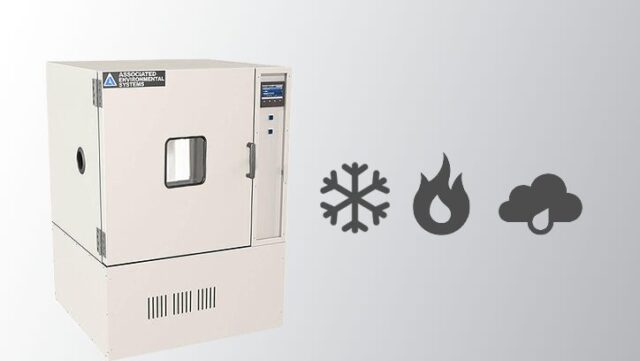
Safety Considerations in Operation
Operating temperature and humidity chambers safely are of paramount importance to protect personnel and maintain the integrity of the testing environment. Adequate training should be provided to operators to ensure they understand the chamber’s operation, safety protocols, and emergency procedures. Chambers should be properly maintained and inspected regularly to identify any potential hazards or malfunctions. Electrical systems should be grounded and properly protected to prevent electrical accidents.
Chambers should be equipped with safety features like over-temperature and over-humidity protection systems, ensuring that conditions do not exceed the specified limits. It is crucial to adhere to safety guidelines and regulations to create a safe working environment and minimize risks associated with the operation.
Best Practices for Using the Chambers
To optimize the performance and reliability of temperature and humidity chambers, it is essential to follow best practices during their usage. First and foremost, carefully read and understand the manufacturer’s instructions and guidelines for operating the chamber. Calibrate the sensors and control systems regularly to ensure accurate and reliable readings. Maintain the chamber’s cleanliness to prevent the accumulation of dust or contaminants that may affect test results.
Avoid overcrowding the chamber, as it can hinder proper air circulation and lead to temperature or humidity deviations. Additionally, document and record all test parameters and observations meticulously to ensure traceability and reproducibility. By adhering to these best practices, you can enhance the efficiency and effectiveness of your testing processes, yielding accurate and meaningful results.
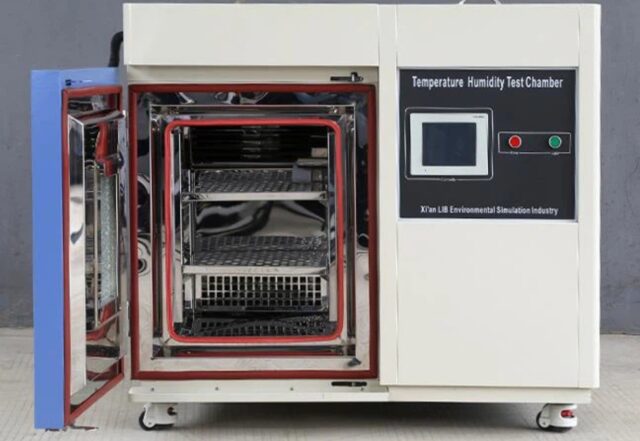
Final Thoughts
Temperature and humidity chambers are invaluable tools that enable precise control over environmental conditions for testing, research, and development purposes. By understanding their purpose, key components, temperature and humidity control mechanisms, types, selection criteria, safety considerations, and best practices, you can make informed decisions when it comes to choosing the right chamber for your specific needs and operating it safely.






